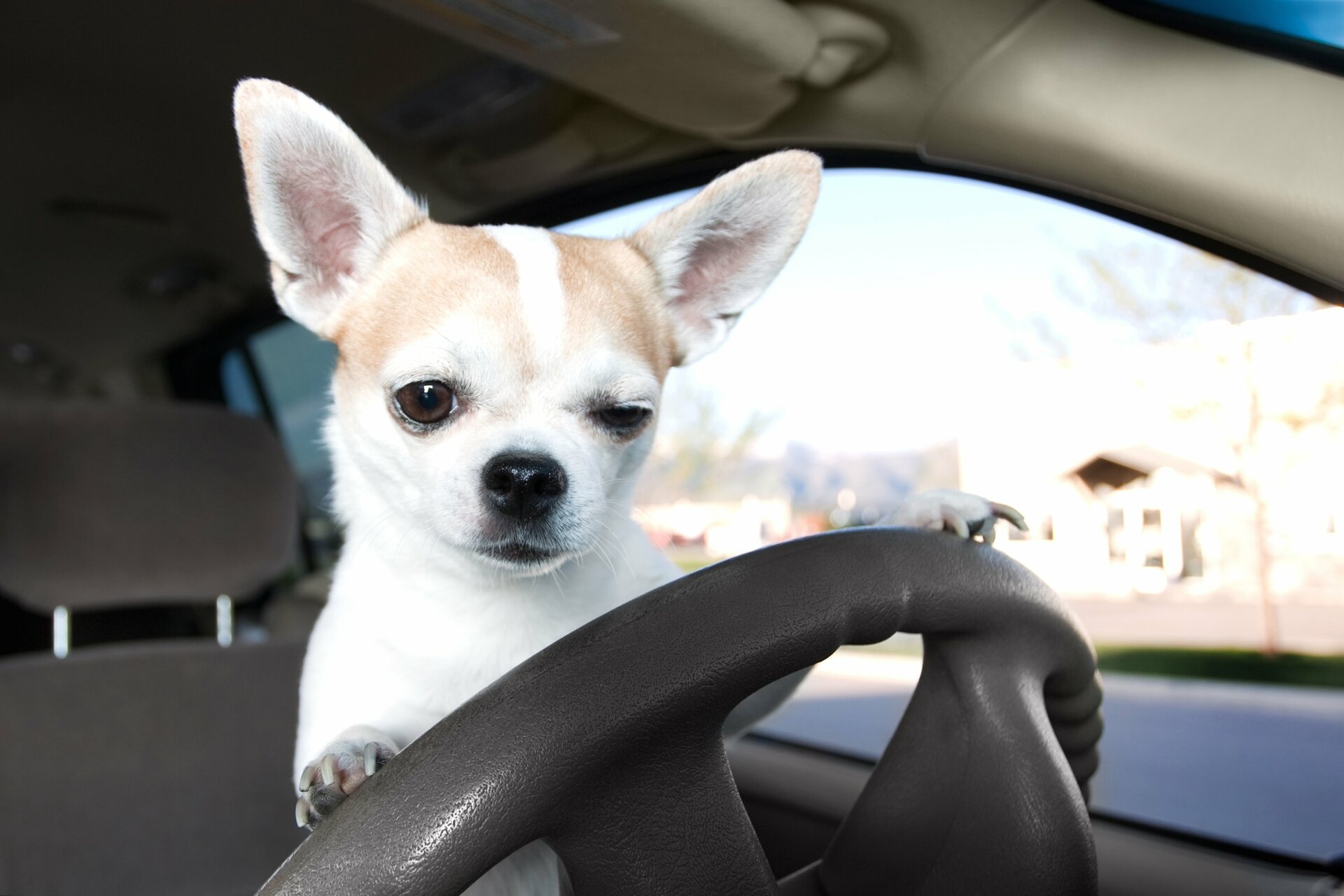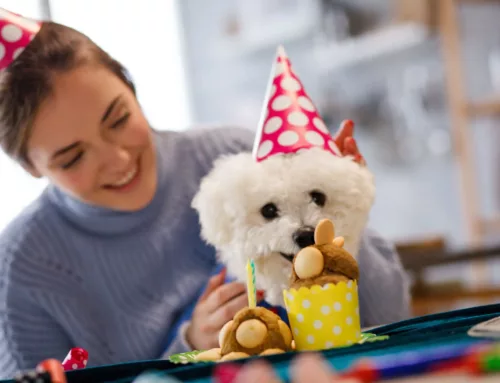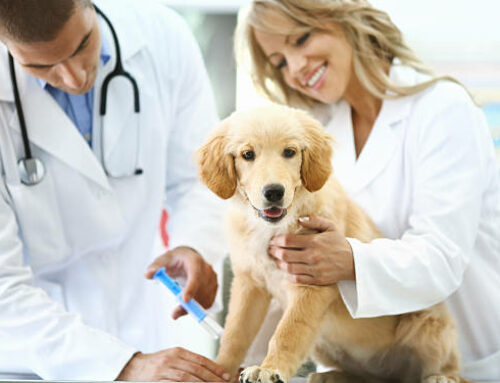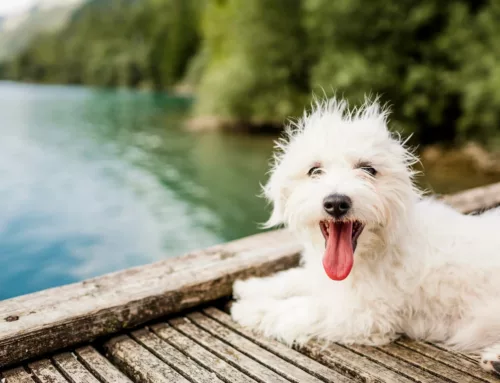Whether it’s a trip to the vets, visiting family for the holidays or off on a wilderness adventure, chances are that you will need to take your dog somewhere in the car at some points throughout their life. Regardless of if this is just out of necessity or if you prefer to take your dog on journeys with you, it is important that you do so safely and in accordance with the law.
Just as you must wear a seatbelt to stay safe in the car, the same safety considerations need to be taken and met for your dog. Not only this, but keeping your dog reasonably restrained in the car will also keep you and your passengers safe when on the road.
Read on to learn more about driving with dogs.
Getting Your Dog Used to Driving
If your dog isn’t already used to car journeys, then it is a good idea to first get them familiar with being in the car. You could start this by rewarding them with treats whenever they are near the car and sitting calmly when you open the door to encourage them inside, offering a treat once again when they do so.
If they are hesitant about getting in or being inside the car, then place something that smells of you (or them) in the car with them, for example a blanket or a toy. This will be something that is familiar to them and will offer them reassurance.
Next you should gently introduce them to travelling. Start with smaller journeys and remember to drive smoothly, praising your dog when the journey is over, before gradually working up to longer journeys.
Backseat or Boot?
You may be wondering, where is best for your dog to be when travelling in the car? Well, the general advice is that the backseat is the safest, since this is away from the crumple zones (front and back) of the car, which absorb most of the impact in an accident. Of course, while this is feasible for small to medium dogs, it’s not very convenient for larger dogs – especially if you have a smaller car.
In such a case, then it is okay to put your dog in the boot, though you will still need to ensure that they’re secured appropriately. Either way, having your dog in the front with you is definitely a no-go.
Harnesses and Crates
If you’re keeping your dog on the back seat, then the best form of restraint to use is a harness. This fits around their chest and neck to keep them comfortably secure. This can then be fitted into your car’s seat belt fittings to keep them restrained to the seat.
When your dog is travelling in the boot, then a crate would be more suitable. The crate itself will need to be secured within your boot and must be large enough for your dog to comfortably sit, lie down and turn around in, but not so large that they could be thrown around and risk injury in the event of an accident.
If a crate is not possible, then you will at least need a dog guard between the back seats and the boot.
Lancaster Vets
Here at Bay Vets, we understand that it may not always be possible for you to drive your dog to an appointment through your own means of transportation. That’s why we offer our pet transport service, safely transporting your pets from your home to one of our premises.
At our practices themselves, we offer a number of services to support your dog’s health and wellbeing, including microchipping, puppy vaccinations and more.
Get in touch with us today for more information or to make a booking.





